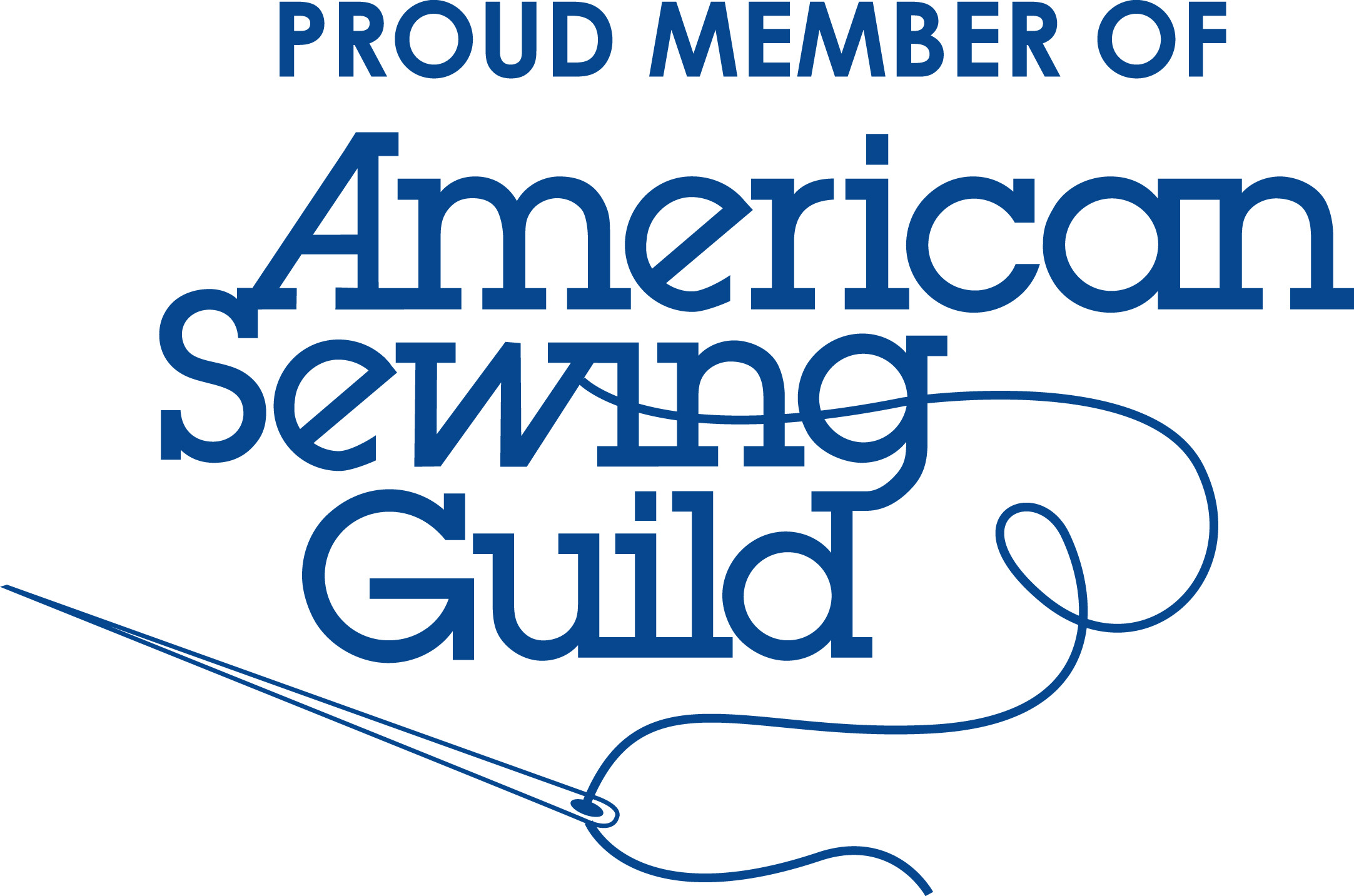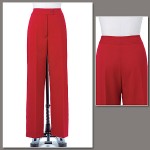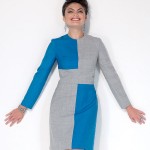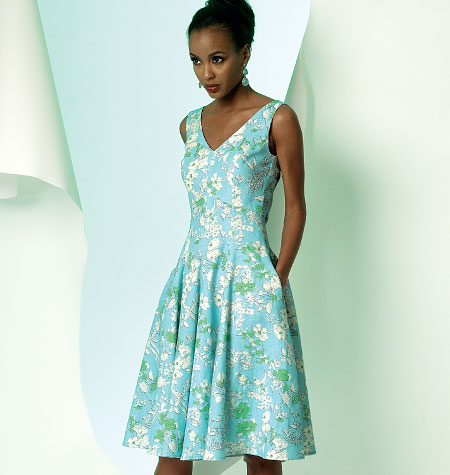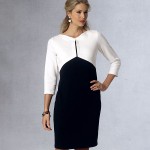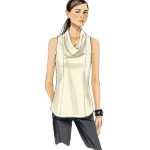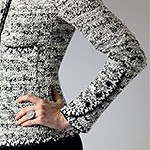"Fashion is not something that exists in dresses only. Fashion is in the sky, in the street;
Fashion has to do with ideas, the way we live, what is happening." - Coco Chanel"
Simplicity 2362 LBD with Shoes I Love
Dresses, and more recently skirts, are my favorite things to make because I really like wearing them, especially in the spring and summer months. They are comfortable (most of the time) and when I wear them, I feel pretty… even with no make-up and hair from hell! But, dresses and skirts don’t stand well alone… they must be accessorized with shoes! Me and my girls feel shoes make or break the outfit! We try to hold onto comfort, but if going to an event that involves mostly sitting, comfort often goes out the window and instead we wear what we term “fashion shoes“.
Recently I went on the hunt for a pair of black strappy heels which my wardrobe is lacking. I was hoping to find comfortable ones that still looked like “fashion shoes“. I started with wandering through the pages of internet shoe shops looking for my black jewels but there were none to be found. Then, on a brief trip to my local Macy’s, hence the heading picture above, I stumbled onto my dream shoes. Why I didn’t see them on-line is beyond me but now that I have a style name, up they pop on a brief search!
They are Anne Klein’s Akopolize, 3″ heel (comfortable) yet still simple gorgeous high heels! On the discount rack no less! It was a total hands down win in my book and I can’t wait to wear them with a few of my new dresses that are in the works. One that I’m just finishing is made from Simplicity 2362.
The instructions are not too difficult though trying to match up dots in the pocket areas and bodice to bodice seams may make one want to throw things… only temporarily! It’s a pretty cool design and there are a number of variations that make it a jewel to have. My plan for its first test run was a “little black dress” My inspiration for an LBD (little black dress) started with a magazine my kids gave me for Mother’s Day, Designer Techniques, from The best of threads Collector’s Edition.
There is an article in it by Susan Khalje titled “Make your own Little Black Dress from Start to Finish” that includes step-by-step couture details. It was after reading this article, that I decided to make myself an LBD and incorporate some couture techniques while I was at it! Admittedly, there was another reason for wanting to do this… I realized after rummaging through my closet several weeks ago, that I didn’t have any LBD’s! I do have several long black evening gowns and a casual yet dressy pair of flared pants with a matching sleeveless top made from black cotton lycra but no LBD’s! Can you believe it! Not one! Truthfully, I kind of feel embarrassed. I am going to change that though. I have plans for more LBD’s in the near future so be prepared to see a bit of black!
As to why I would want to bother with all the extra work of couture methods… well, because I’m worth it! And an added benefit is that many of the techniques really help to improve sewing skills. Plus you get the pleasure of creating with beautiful fabrics, especially silk. I absolutely love working with silk. Yeah, it can be a pain in the butt to cut your garment pieces out of but I love the way it feels and the ruffling sound it makes when I handle it.
So on with my LBD. The fabric of course is black though unfortunately not silk (the couture idea came after purchasing the black fabric) I didn’t bother taking a picture of the fabric because… well… it’s black! The texture was the reason for my choice. Let me explain… when I think of a black dress, I envision a tuxedo — more specifically, a man wearing one. There is a breathtaking elegance that resonates from the wearer which can pull in eyes from every direction. The white shirt looks crisp, the bow tie perfectly held in place and the black coat and pants so complimenting. So when I was choosing my fabric, I kept these thoughts in my mind and settled for a black sateen which has a subtle diamond shape pattern in it, is a deep black (is there such a thing?), and has a small bit of stretch yet holds it shape.
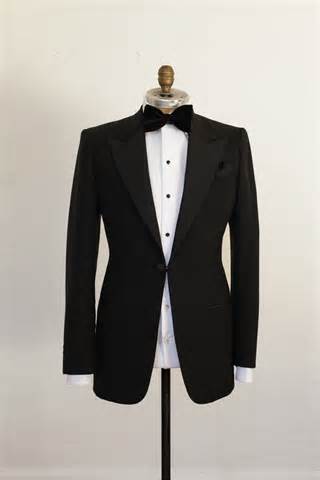 http://davidreevesbespoke.wordpress.com/2011/05/16/tuxedodinner-suit-special/
http://davidreevesbespoke.wordpress.com/2011/05/16/tuxedodinner-suit-special/
To start the process, a muslin was in order. I usually always do a muslin. Yes, I know it’s extra work but so worth it! There’s nothing worse than sewing your heart out and dreaming of wearing the garment when it’s finished and then discovering that it doesn’t fit properly and likely will never get worn! Been there done that! For this dress, I only made one muslin and it was just the bodice since the skirt I felt confident wouldn’t be a problem. This is because I have made so many dresses that I pretty much know how much circumference I need in the waist and hip area but if I was sewing for someone else, I would have made the whole enchilada! Here is the front of it.
Notice that the pleats are not matching up. I didn’t even think about matching pleats when I sewed it, and then when taking pictures, they got my attention. This is an example of a good reason for a muslin. I was now aware to pay more attention when sewing my actual bodice.
For interfacing, I used dark brown silk organza. I chose it for three reasons. 1) It was silk organza, 2) the color brown wouldn’t interfere with my black fashion fabric, and 3) the brown was 60″ wide at $15.99 a yard whereas the black was only 44″ wide and $15.99 a yard. It was a no brainer!
The pattern instructions have you interface the lining, probably because the pleats in the bodice front could get to bulky, but I wanted those pleats to hold their shape, remember the bow tie and white shirt crispness… so I hand-basted my silk organza interfacing pieces to the actual bodice pieces.
I applied interfacing to all my other bodice pieces in the same way, using the silk organza. Below is a picture of the front bodice side pieces. I didn’t take a picture of the back bodice pieces because I think you’ve got the idea! 🙂
Okay, so this is where I have to confess… I didn’t follow the pattern instructions for assembling the dress. Yeah… what’s new! I’m such a rule breaker! I did start off in the right direction. I sewed the bodice front pieces together… but the back bodice pieces I set aside. I did attach the straps next only there is an important point here… with “visions of tuxedos dancing in my head”, I had decided to create pleats rather than gathers at the ends of the straps. I planned for this when cutting them out of my fabric. Lastly, I then applied the front bodice lining, not silk, but rather a $10.99 a yard beautiful drapey perfect shade of black lining fabric. I did not understitch. I decided to do the understitching after I sewed the front and back bodice together.
With the front bodice finished, I was now ready to tackle the assembly of the pockets #7 to the front yoke #8 pattern piece and then attach this to the skirt front. Keeping couture techniques in mind, I first sewed the pockets to the pocket sides in french seams. I did this by matching the left and right pockets to the front yokes, wrong side to wrong side. I sewed a 3/8″ inch seam, cut off all but 1/8″ inch, pressed the seams flat, then turned each right side in and sewed a 1/4″ inch seam as far as possible to the dot that matches up to the skirt front dot. It’s a little tricky but the finish is worth it. I then finished the upper pocket/skirt seam allowances using my own method which I explain in more detail shortly. The underside seam allowance of each pocket that doesn’t show when it’s folded towards the front, I trimmed with pinking shears. This fabric really attracts lint. It doesn’t look especially black in the picture below.
Now I was ready to finish the edges of the side seam allowances. I do have a serger and yes, I have serged many an edge but this is my couture LBD so we can’t have that! I have several books on couture that describe the technique for finishing seam allowances but because I have never really done it, I was a bit confused. So I do what I always do when I am not sure, I wing it! With that, I cut 1 and 1/4″ inch strips of black china silk for this task. I use the real china silk, not the polyester. Silk chiffon is the fabric of choice for doing this as mentioned in my books, but I didn’t have any of that on hand so I decided the china silk would suffice. I first sewed the strips to the outside edge of the seam allowance, raw edge to raw edge in a 3/8″ inch seam.
Next, I pressed the seam flat, then turned it out and pressed again.
Then I turned the skirt over and turned up the edge of the silk strip to the edge of the skirt seam allowance edge, creating a fold, and then pressed again. It’s hard to see the fold in this picture.
Lastly, I folded the strip one more time, up and over the edges, holding it firmly in place and at the same time stitching a 1/4″ inch seam.
As you can see, my work looks a little lacking. The seam should follow along the inner edge of the strip, and it doesn’t, even though I think I sewed a pretty even stitch. I must not have been exactly accurate when first sewing my strips on. Also, I may not have cut my 1 1/4′ inch strips with good precision either. At least I now have an idea as to how finishing seams work, so I will go back and read the instructions again… it may make more sense now. It certainly seems anal retentive to be so fussy about seam allowances, but in the couture world, perfection seems to be one of the reasons for why a garment is so expensive. As to my efforts… well, they will improve with practice but what I’ve done here is acceptable and I can live with it and feel good about it, so end of story!
After finishing the raw edges but without disrupting the 5/8″ inch seam allowance, I was then ready to assemble! I first attached the front bodice to the skirt front.
Assembling the back of the dress started with first sewing the 2 bodice backs to the 2 skirt backs but I did not sew the center back seam. Instead, I finished the edges of the seam allowances like I explained earlier. Now I was ready to install the zipper. I am an invisible zipper addict, so this was my closure choice. Regardless of the kind of zipper, they are easy to install when you are working with flat pieces which is why I chose to assemble the dress the way I did. After the operation zipper closure installation process was completed (whew, that’s a hefty bunch of words!), I went ahead and sewed the center back seam.
Now I’ can finally attach the front and back of the dress together. Here are a few pictures to show you how I did it.
Step 1: With the back side face up and the front side face down (right side to right side), laying on my sewing table by my sewing machine, I was ready to baste the straps to the top of the back bodice pieces.
Step 2: Before I sewed the back bodice facings permanently on, I first basted the sides and tried on my dress. Two things I discovered were: The straps needed a bit of adjusting, and I wanted a little closer fit in the bodice. Both of these issues were easy peasey to fix! After removing the basting stitches from the sides, I laid the two parts back on my sewing table like I did before, adjusted the straps and then basted them in place again. Now I was ready to sew on the facings.
Step 3: Next were the side seams. I wanted to tighten the bodice up a smidge so instead of 5/8″ seams, I sewed 6/8″ inch (3/4″) seams. It was a little tricky at the bodice level because of the angle at the top of the side seams, but with patience, I got it. Actually, I DID do a bit of swearing… mainly because I couldn’t get the seams of the bodice front and back to match up on one side. Okay, I did a lot of swearing! I sewed a seam starting at the bottom of the lining (top of the picture), continuing on through the bodice and down to the bottom of the skirt in a continuous seam.
After pressing all my seams, I was now ready for another try-on. I was happy! It fit perfectly. However, there was this little nagging thought that I just couldn’t shake. What about a skirt lining. The pattern doesn’t call for it but… but… I am the queen of lining! How can I not line? And lining feels so soft against the skin, especially if it’s silk… or Bemberg lining fabric… Bemberg would be nice. Of course, this meant another delay getting this post posted! Hmmm……. well crap… sorry to do this but I can’t help myself… I am going to have to post this in two parts. I will be back really soon! Right now it’s time to go to the fabric store!
Salute! Jessica
Read MoreHockey Officiating Pants Made for Her
Hockey Officiating pants made for her! For my favorite hockey Referee that is!
My daughter and I have been playing hockey for a number of years now. It has been a pretty awesome journey that we’ve shared, but several years ago she decided that just playing the game was not enough. As an official “rink rat” she had found her place in the hockey community and so it was no surprise when she landed herself a job score-keeping hockey games. There were some things to learn, but overall, she discovered that this new job made all kinds of sense if you know the game and she became pretty good at it. However, it wasn’t too long after spending time in her refrigerator box, that she figured out that along with doing this new job, she could also fit in another. So after seminars, tests, and lots of skating, she landed her additional 2nd job as a Referee, known in the hockey community, as a “Zebra”. Why a Zebra? Well, part of their uniform includes a “sweater” and the picture below tells the rest!
Along with this sweater, black pants are worn that are suppose to give the feeling of being suit pants but still accommodating for a physical work-out. They come in various styles based on the manufacturer and designed in different ways to allow for the padding worn underneath. Yes, even hockey referees wear padding. It can really really hurt to get hit by a puck and there are all kinds of other things that can happen too!
The first pair of pants my daughter purchased were an intro brand that served her well after a major re-build operation provided by moi! She wears a size 1 in juniors, and so mens size small hockey officiating pants are humongous on her. That first pair were not too expensive, about $50 dollars and so I tore into the project feeling confident. They turned out fine but after a year of reffing experience, it was time for a pants upgrade. This new pair she paid $170.00 for and of course the mens size small was way way too large! This meant only one thing… It was rebuild time… again! With a deep breath, I picked up my seam ripper and my work began. I should say that I have been working on a muslin for a dress that I’ve posted a picture of under Up and Coming Projects, but fixing these pants was also very important so the dress project got put on hold. I worried at first about what in the world I would share with you but then it occurred to me that fixing these pants to fit my daughter is sewing so why not! Oh, and get ready for some hockey lingo that you will see in italics!
Okay… here are the back of the pants before my seam ripper started “hooking” and “slashing” the back seams out of them. We decided that the stretchy insert looked like a diaper!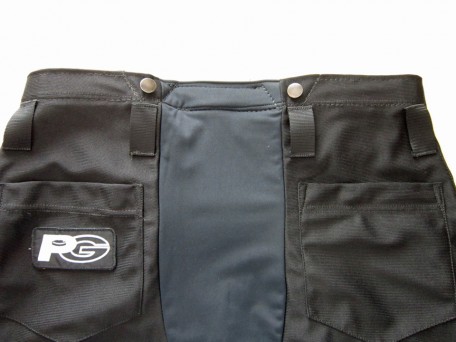
At the top of the pants on the outside, there is a seam that holds a strip of Velcro to the inside waist which padding fastens to. The padding on the back side is important for protecting the tailbone in the event of a fall sometimes caused by “tripping”. 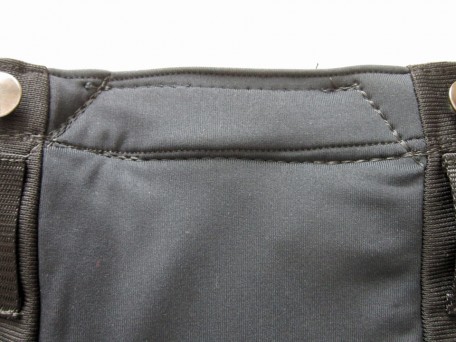
As I began trying to take out this seam, I realized that if I wasn’t careful, I could do a lot of damage and earn myself “major penalties” with my daughter for cosmetically messing up her pants! Fortunately I had my nifty Ottlite Led Magnifier Lamp that I purchased from JoAnn Fabric. It is portable and when I first purchased it, I wasn’t sure if I wasted my money, but given that it has saved MY butt so many times with it’s “assists“, I have now become quite fond of it!
It was a “give and go“, as I attacked this seam from the outside to the inside due to the thickness of the waistband, the Velcro, and the heavy-duty thread.
But eventually I got it removed.
The next step was removing the stretchy panel that was inserted between the two back sides of the pant.
Still a little nervous about tearing apart these expensive pants, I decided to start at the crotch seam first, and then work my way up the two sides.
I discovered that the front and back insert sections were double layers which sort of made me nervous at first, but as I worked through it, it turned out to be no problem at all.
Admittedly, the language I used in this part of the pants re-building process would have landed me in the “sin bin “. I think it took me about an hour to get all the seams out.
This is the insert that was sewn into the back.
At this point it felt like I was ready to do a “break away” and sew up the seat of the pants but as you can see from the picture before the insert picture, the front side of the pants and the inseams of both legs also had inserts. I decided it was the end of the “1st period” of hockey pants re-building and so poured myself a glass of chardonnay and watched Inspector Morse on Netflix with my son. These kind of projects sometimes can confound you temporarily and if you step away for a bit, afterwards, it sometimes just all makes sense!
The next day… Back to the task at hand and fully charged, I knew what I needed to do. Before I could close up the back, I had to take out some of the inseam on each side of the crotch but along with this, I had to figure out how much of the front insert I wanted to remove because it made the crotch length way too long. If you look at the picture below, the open part is the back and the ruler is lying along the left inseam. The remaining inserts sewn into the inseam of each leg meet at the center and are also part of the front.
** A side bar-note for anyone that may be asking the question … **What’s a crotch length? There is a wonderful explanation along with pictures written by a fellow blogger that I would like to share. Her site is A Fashionable Stitch.
A quick definition: The measured distance from the front center waistline, down and through the crotch, continuing to the back center waistline.
These hockey pants had a crotch length of 33 1/2″ inches. The older hockey pants had a crotch length of 32″ and were a little too long. Obviously I was going to have to shorten the crotch length on the new ones but I wasn’t sure at this point exactly how this was going to work so I became the “winger” that I am and decided to take out 10″ inches of inseam on each leg and then sewed up the back of the pants. As you can see in the picture below, I also did a flat-fell seam like you would on jeans because I wanted it really durable. Working around the suspender hooks at the top was a bit of a challenge but with some hand sewing, and the use of a zipper foot, I think I’ve got it pretty good. Sewing back in the Velcro strip at the center top back was also reassuring because it extends several inches on both back sides and anchors the two sides together.
Being well into the “2nd period” and feeling strong, I pushed on to re-assess how to reduce the crotch length. I re-measured the old hockey pants, breaking down the measurements to front and back, the front being 15″ inches and the back 17″ inches. Then, starting at the front waistline on the new pants, I measured down 15″ inches plus an additional 1/4″ inch for the seam allowance. This distance landed a little ways into the insert. I marked this point with chalk and the marine blue arrow points to it. Notice how much of the insert still remains below my mark!
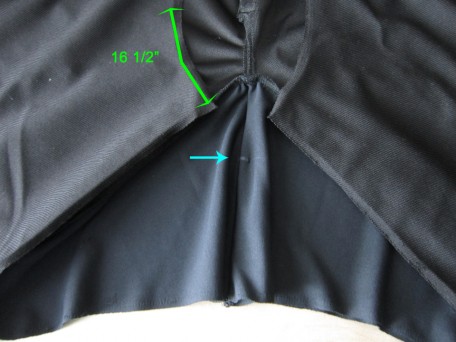
Oops! Took this picture before sewing up the back but it doesn’t change the situation I’m talking about.
Then I measured the back which was now 16 1/2″ inches in total without the insert (see above photo). Hmm… I thought… now what?!! I needed 32″ inches or a little less in total… the front of 15 1/4″ inches plus the back of 16 1/2″ inches equaled a total of 31 3/4″ inches… then if I sewed a 1/4″ inch seam, I would end up with 31 1/4″ inches which was less than 32″ inches… well, then there was only one thing to do… pin the back crotch seam to the marking I placed on the front, reposition and pin the inseams of each leg for the new crotch length, baste them together and have my daughter try them on!
Hot damn and a woo-hoo! They fit! I made a “goal”! I was singing the “Happy” song by Pharrell Williams! I really love that song. So much so that I decided to share it with you so you can feel some happiness too! At the end of this post is a start button and you can check it out! Anyhoos… the rest is history! I stitched a solid seam where the basting was, then serged the selvedges and hemmed the pant legs since they came un-hemmed for custom fitting.
While I was writing this post, I thought it might be fun to share a few more pictures of all the gear that my daughter wears when she’s reffing a game. We’ll start with the under-undergarments. They of course include a sports bra if the ref is a female, some sort of undershorts that hold a cup for protection… yes, girls wear them too because they also need protection… and special wicking socks.
Then there are the “keep you warm” undergarments… our preferred choice is Under Armour frosty tights and long sleeve t-shirt.
Next up is the padding. Besides the padding in the pants included in the picture below, she wears elbow and shin pads.
After donning the under-under garments, the warmth under garments and then all the padding, she’s then ready to put on her padded pants and sweater. But there is still a few necessary items: A certified helmet with visor and cleaning goodies to keep off fog; shin tights to keep her pants from hooking on the back of her skates, an official hockey whistle, ties to make emergency repairs on the nets and white tape for protecting fingers if she has to break up “dancing” hockey players!
Oh! And one more very important item… the hockey skates!
A photoshoot was in order to share with you how the pants look now that they have been custom fit for my daughter.
This is our family “Zebra”!
The pants fit her properly now.
And taking a knee because it’s time out!
For all of you, I also decided to include in this post an interview of my daughter that was done by one of her brothers (one of my sons!) which was a college class film making project filmed in November of 2013. Emjoy!
And here is that most cool song so you can clap along and be happy too!
Take care and hope you had a wonderful Memorial Day weekend. Will be back soon!
Salute! Jessica
Read More

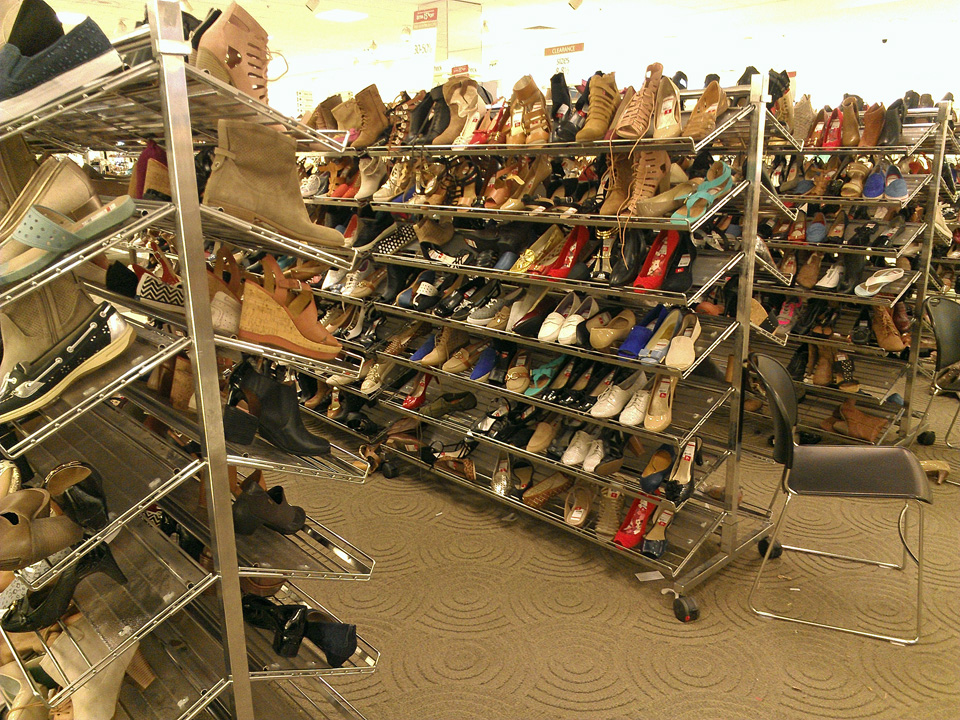
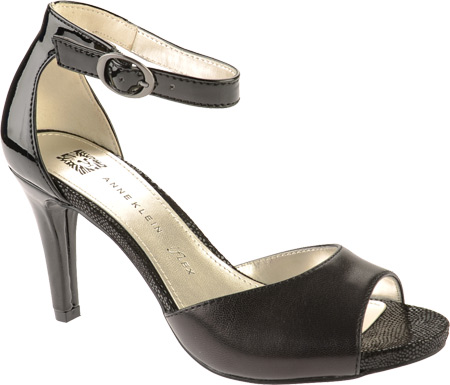


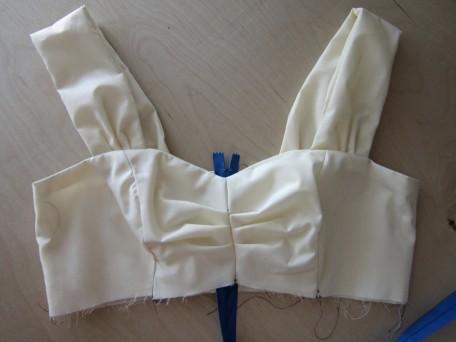
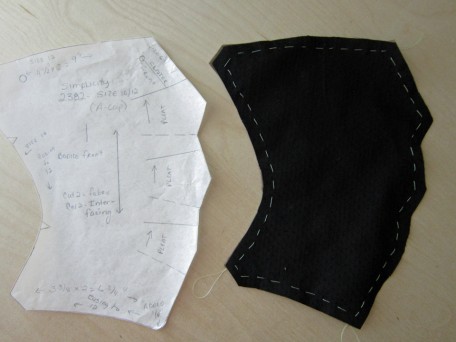
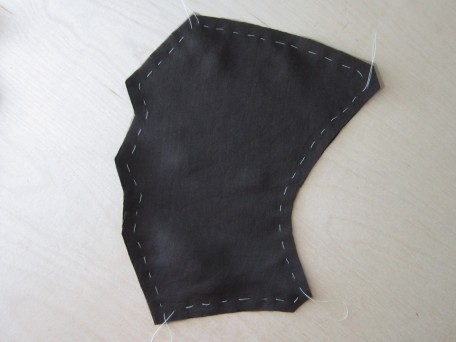
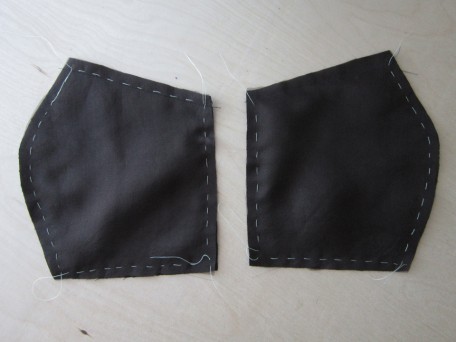
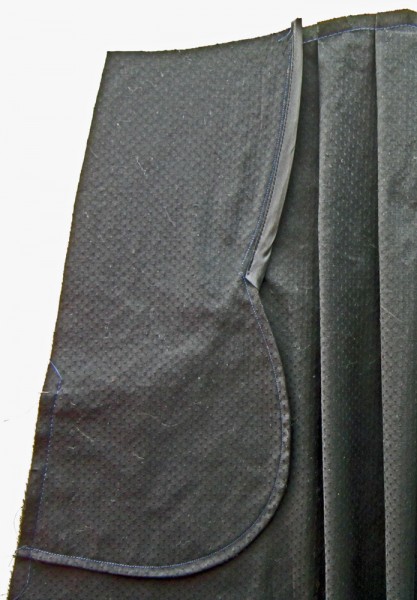
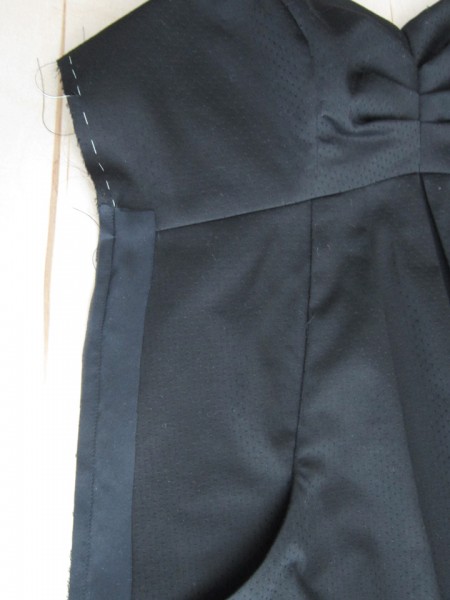
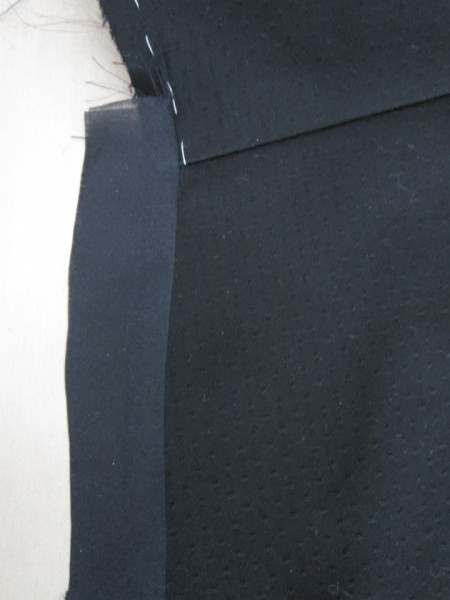
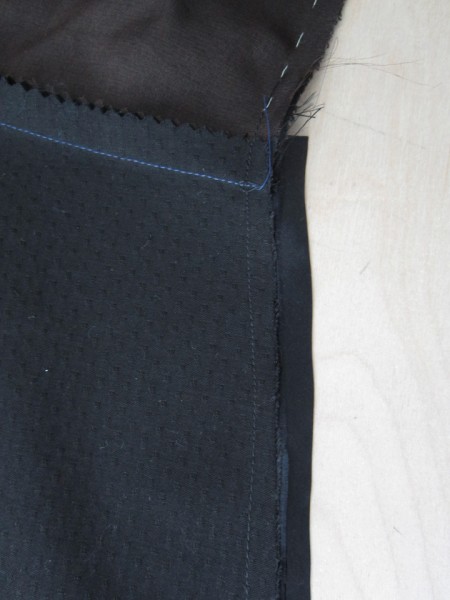
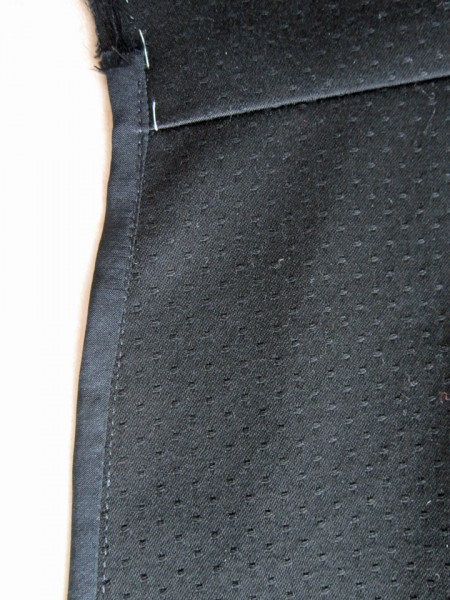
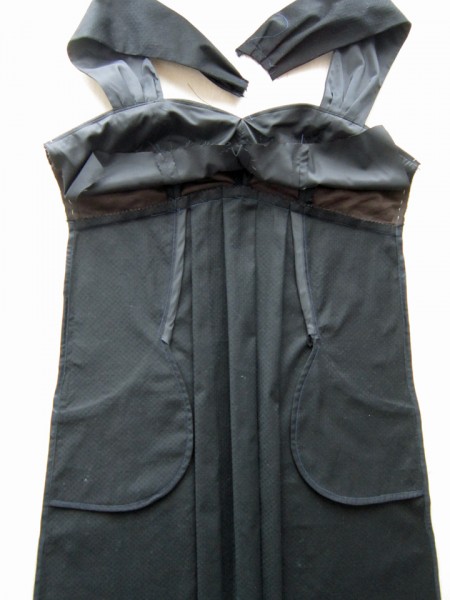
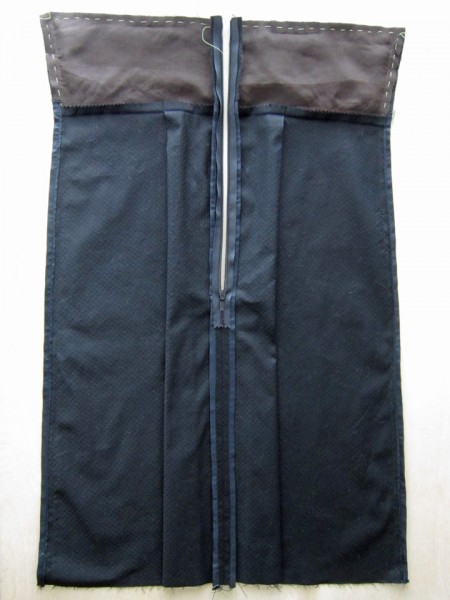
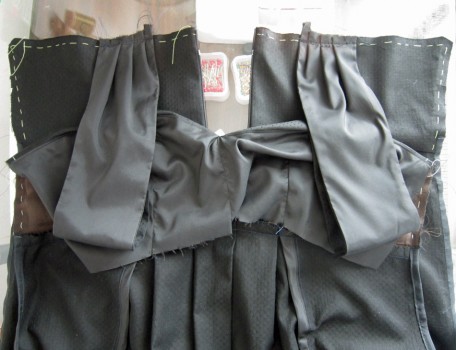
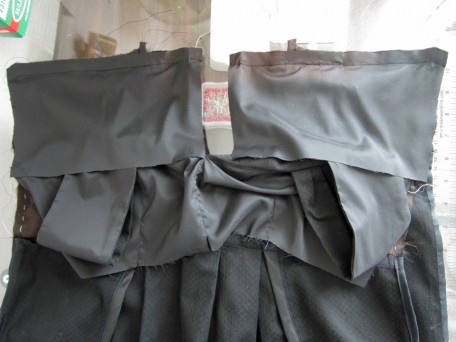
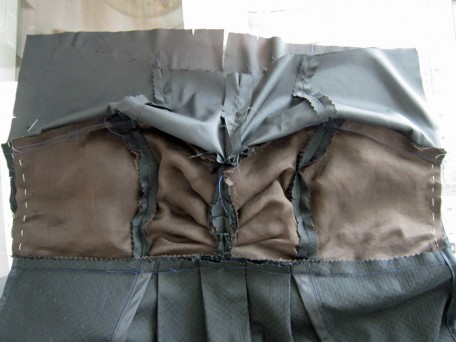
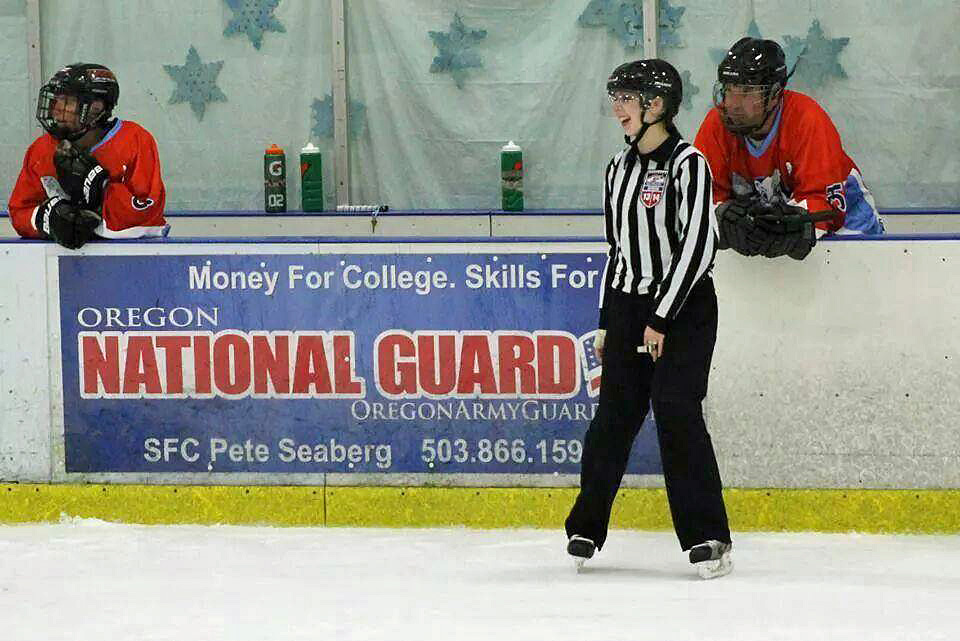
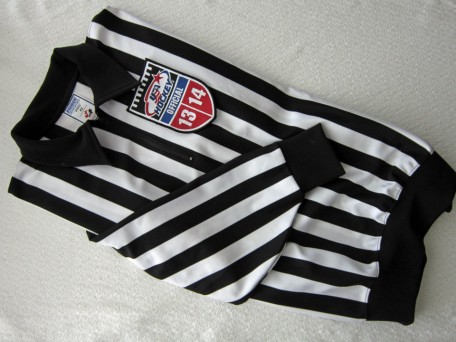
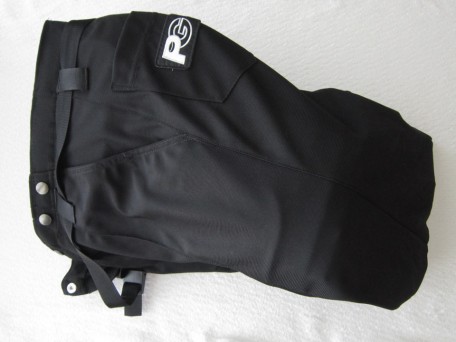
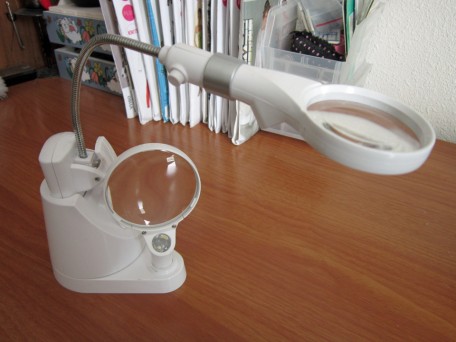
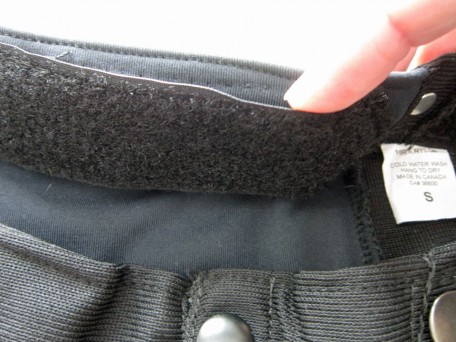
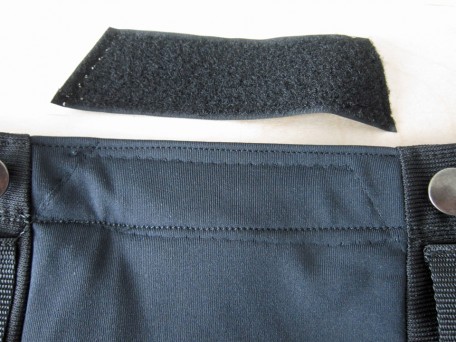
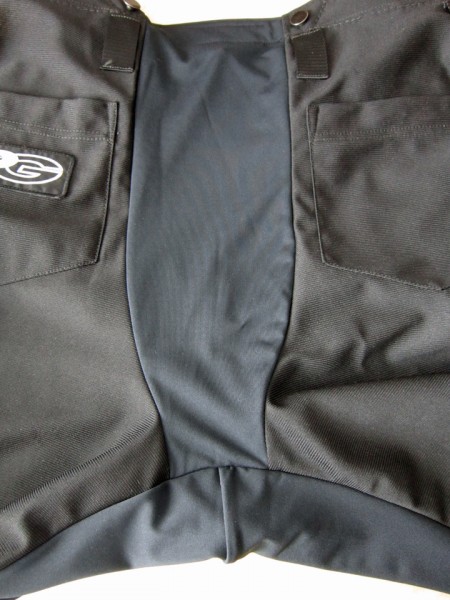
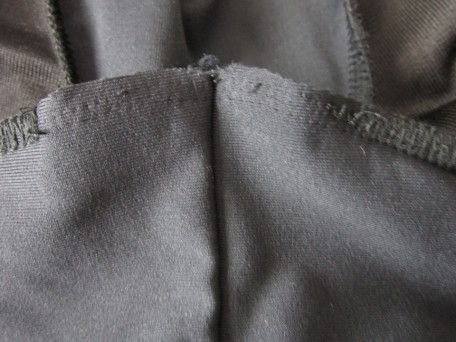
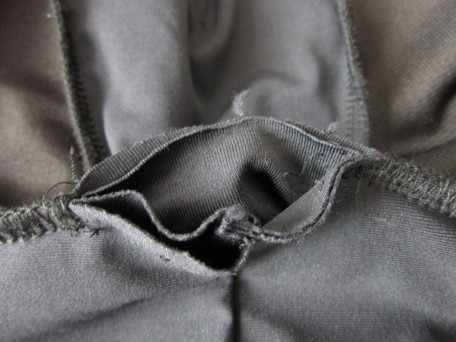
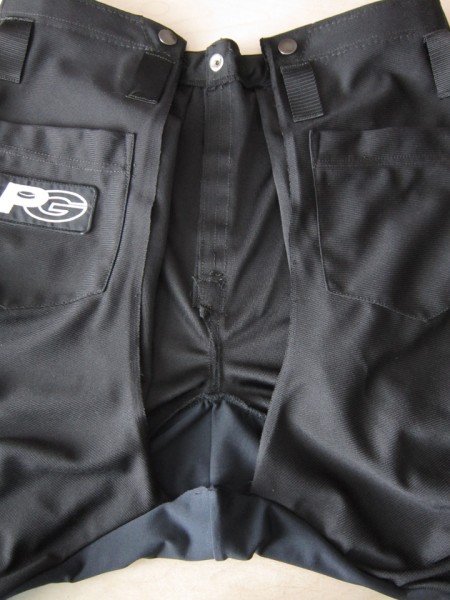
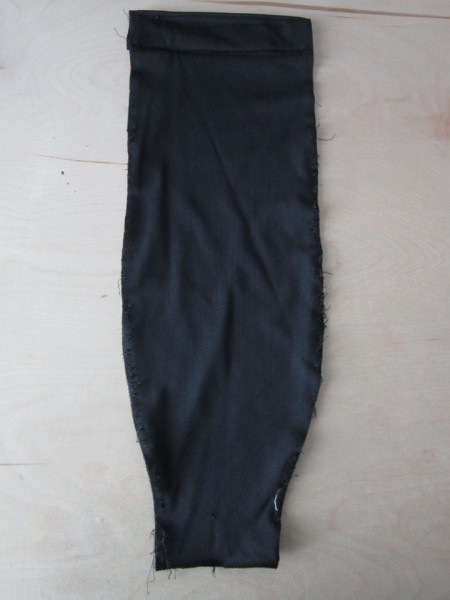
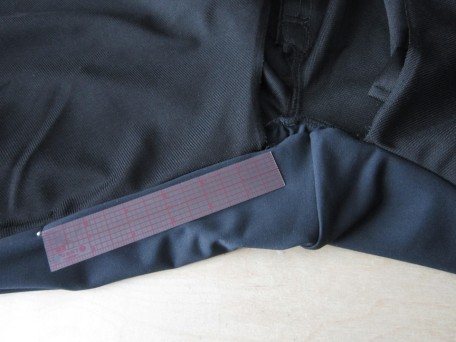
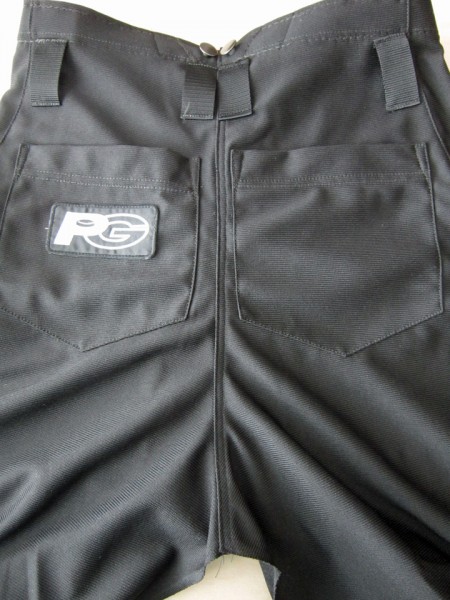
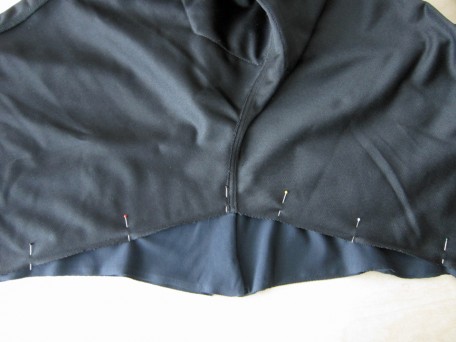
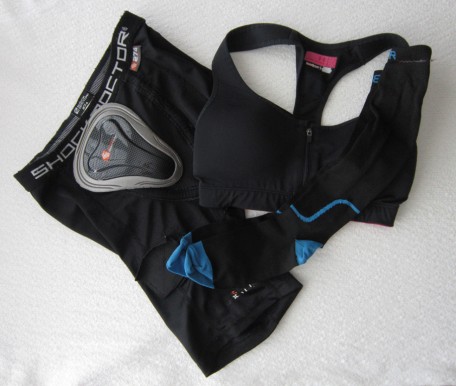
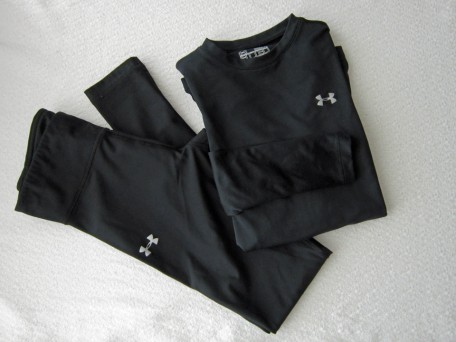
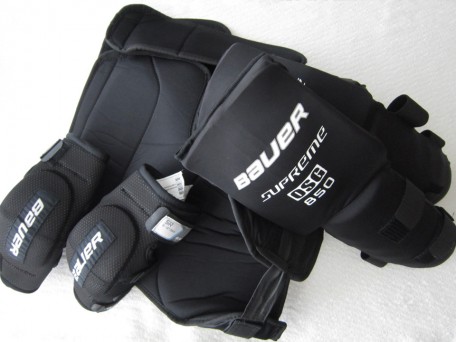
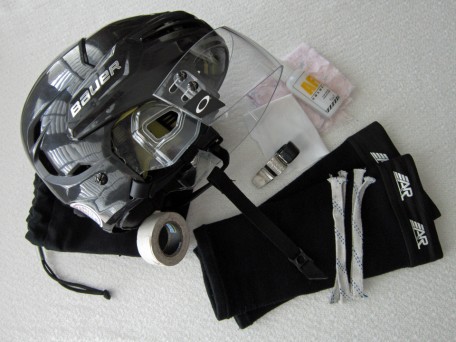
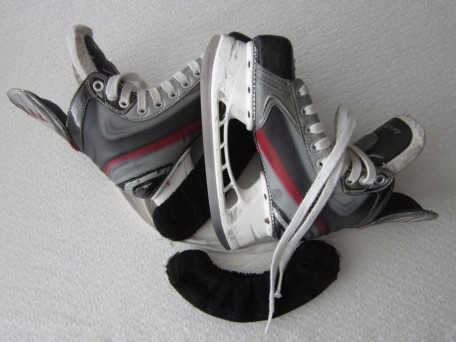
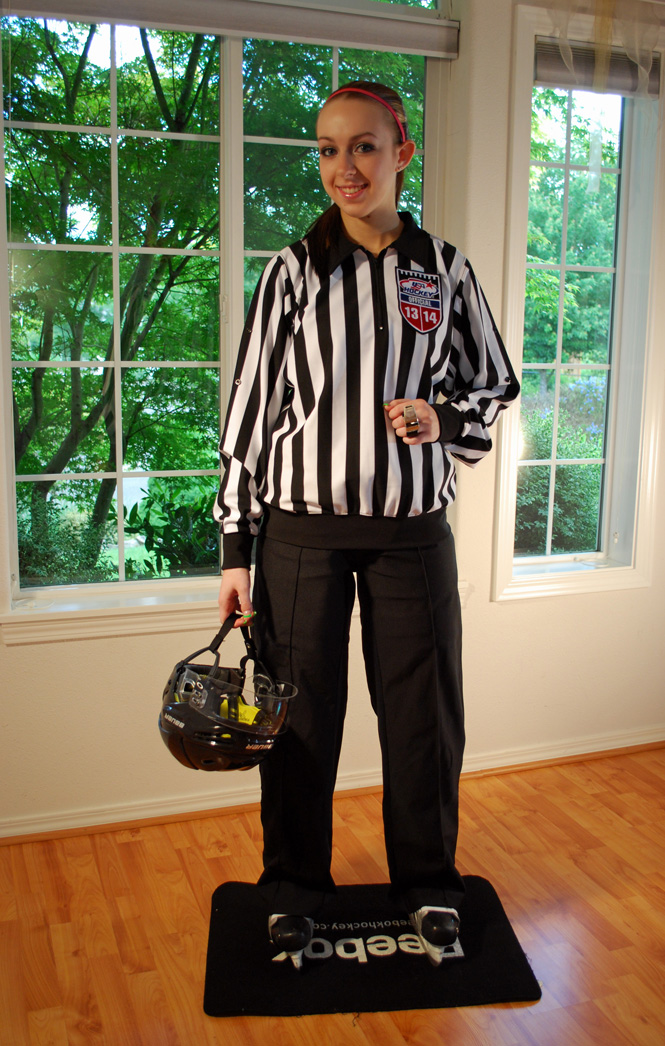
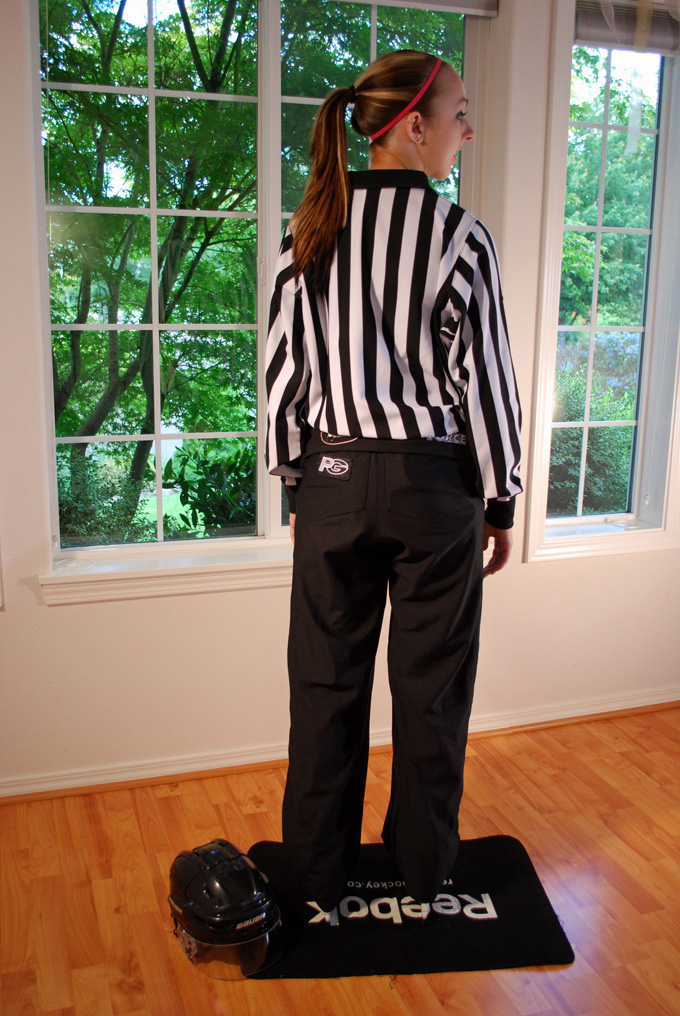
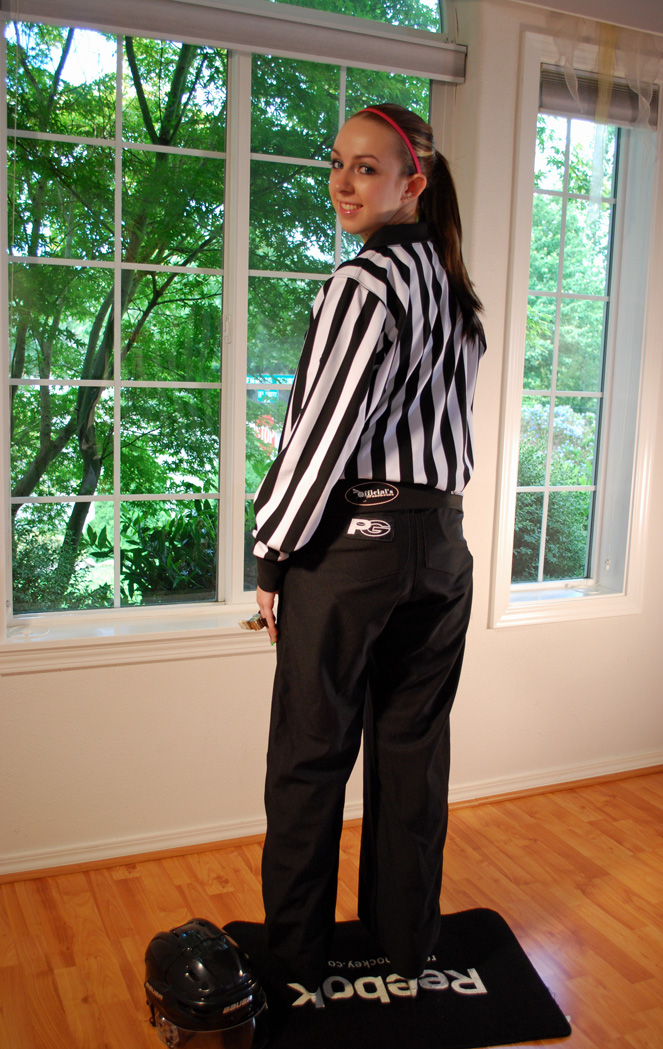
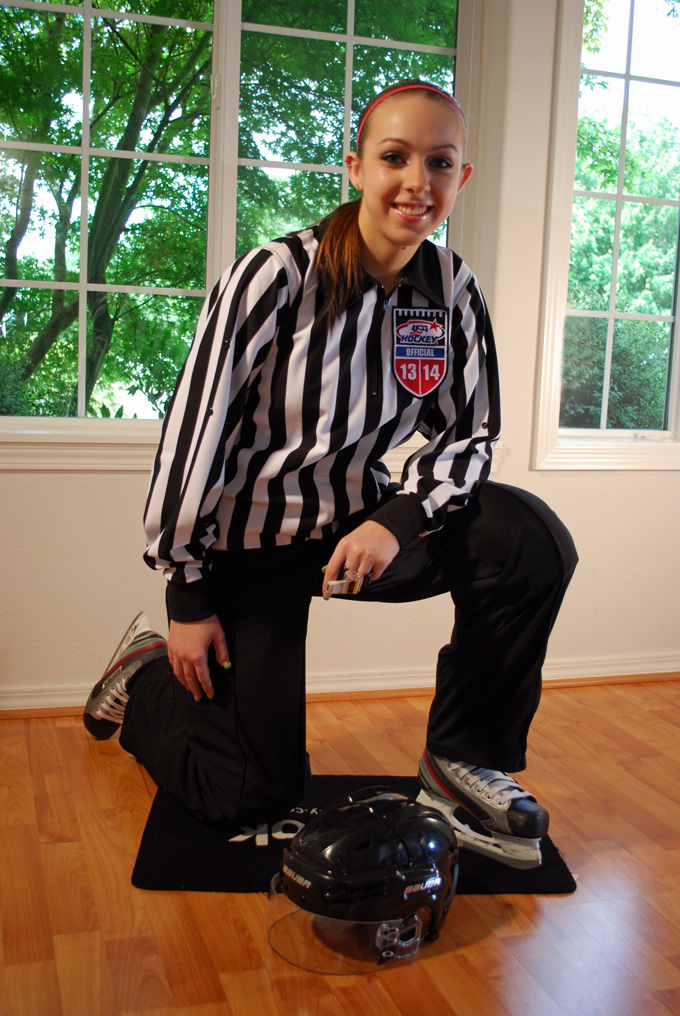
 Portland, Oregon,
Portland, Oregon, 